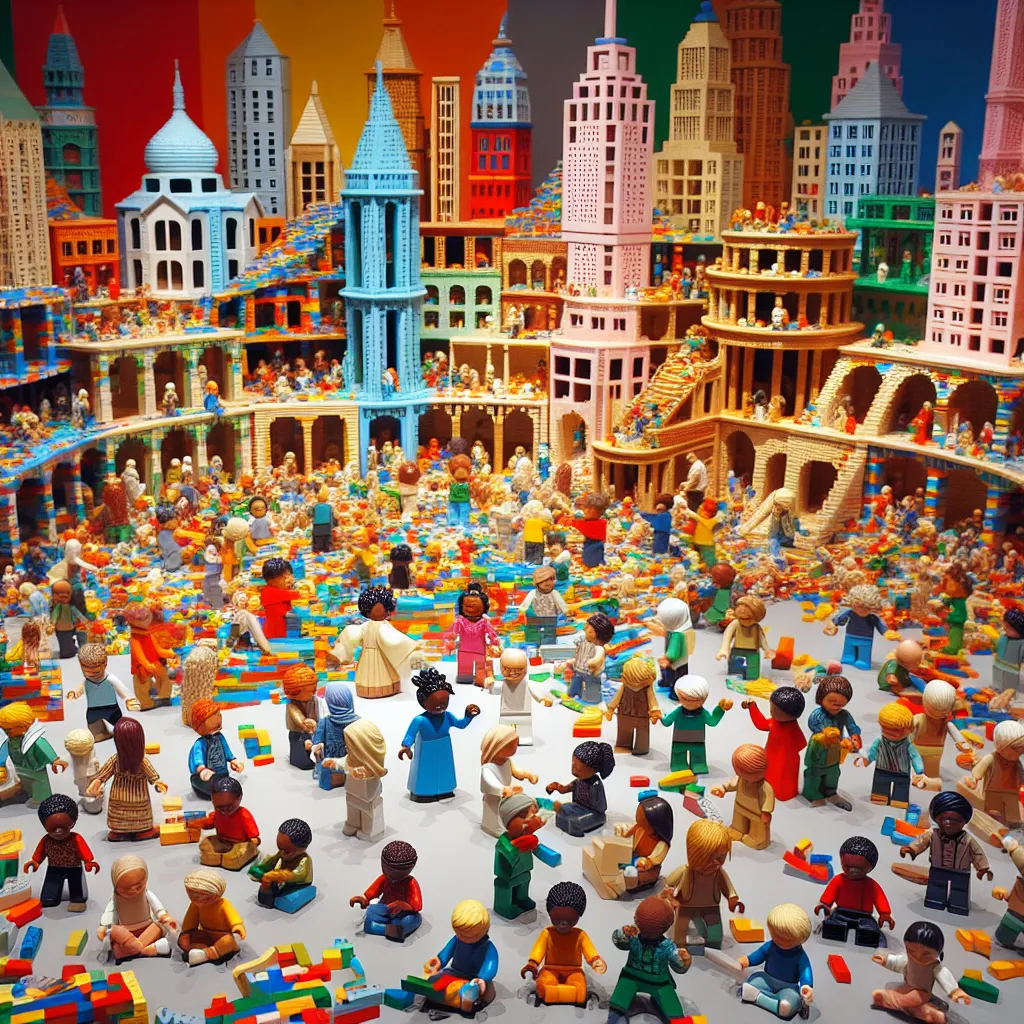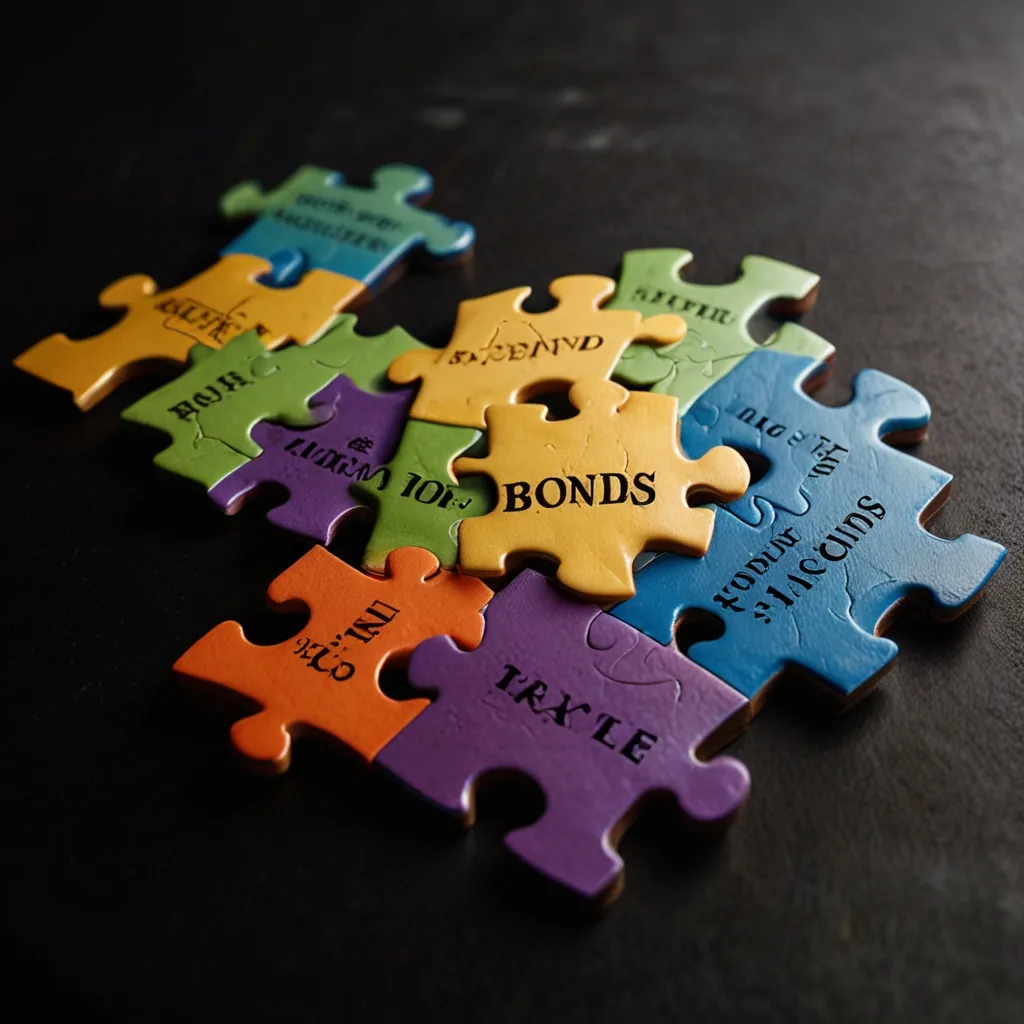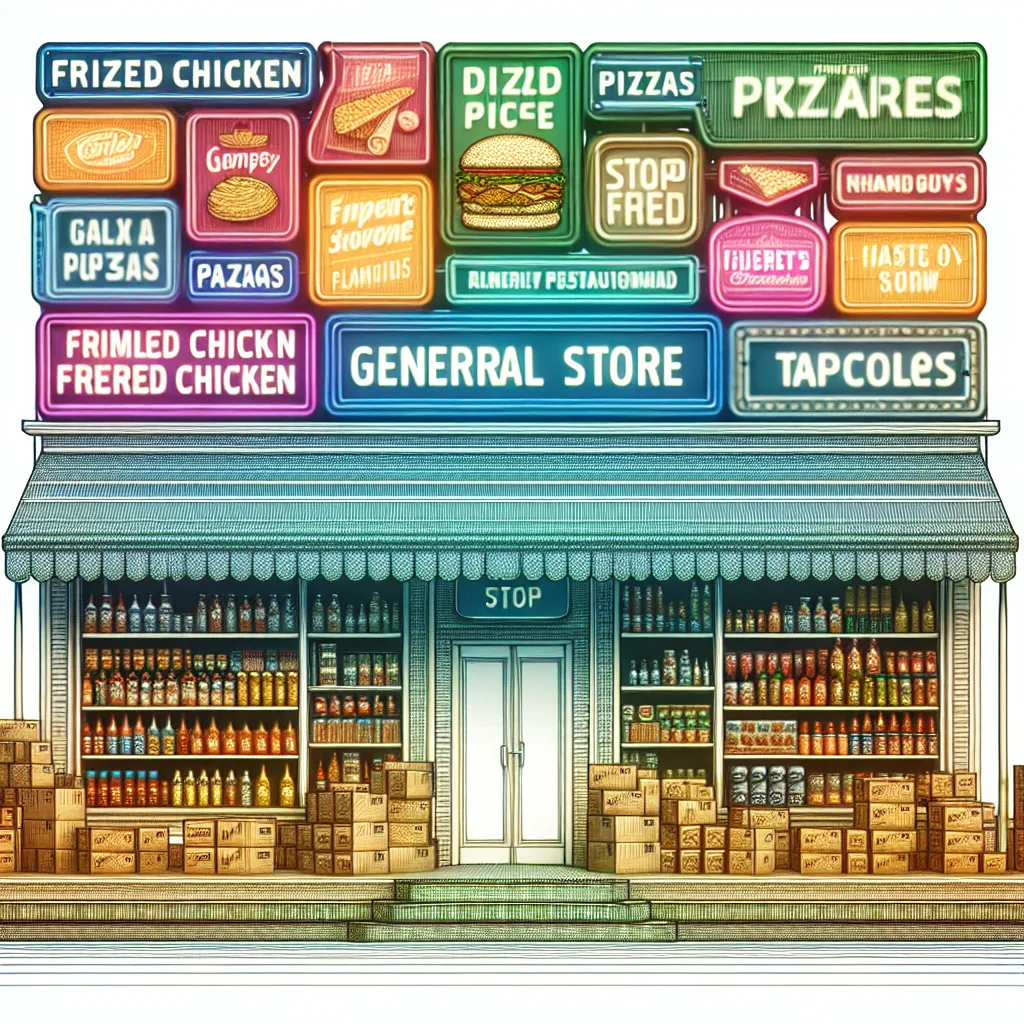Most of us have fond memories of playing with Lego bricks or knowing someone who did. These colorful plastic pieces have become a cornerstone of childhood creativity. Few companies have touched the lives of children as much as Lego has. Their business model? Simple. They buy plastic for a dollar and sell it for a whole lot more. But inside these seemingly simple blocks lies a fascinating story.
Lego started with Ole Christiansen, a Danish carpenter from the small town of Billund. Born into a poor family, Ole found joy in carving wood. After honing his carpentry skills across Germany and Norway, he bought a woodworking shop in Billund in 1916. Life seemed good until the Great Depression hit, crashing prices and forcing Ole to lay off most of his staff. Tragedy struck again when Ole’s wife passed away, leaving him to care for their four sons.
To keep his children occupied and bring some joy into their lives, Ole started making wooden toys. He found that local farmers couldn’t afford these toys, often bartering food for them instead. Eventually, Ole took his creations to nearby cities where people could actually buy them. In 1934, he named his toys “Lego,” derived from the Danish phrase “Leg Godt,” meaning “play well.”
In 1942, a fire destroyed Ole’s shop. Not one to give up, Ole borrowed money to build a factory for manufacturing his wooden toys. The factory thrived, and by 1947 it had 40 employees producing over 150 different toy types. An encounter with plastic building blocks at a Copenhagen toy fair in 1949 changed everything. Ole was inspired to create his version, launching the “automatic binding bricks” in 1950.
These early bricks were not popular, but the potential was there. In 1955, Godtfred, Ole’s son, released the first Lego construction set called the Lego System of Play. It allowed kids to build entire cities, sparking enormous popularity. By 1958, Godtfred introduced a new design with tubes on the underside, making the bricks more stable and versatile. That same year, Ole passed away, and Godtfred took the helm, focusing on international expansion.
Lego opened its first international office in Germany in 1956 and then entered the U.S. market in 1961 via a deal with Samsonite. Although a fire in 1960 ended their wooden toy production, Lego’s plastic sets flourished. By the 1970s, Lego became one of the world’s largest toy manufacturers. Their compatibility-focused design meant even a 1957 brick fit perfectly with modern sets.
A significant hit came in 1978 with the introduction of the Lego Minifigure, a symbol that remains iconic today. With billions produced, these tiny figures are now essential parts of Lego sets. This run of success faced challenges in the 1990s as copycats diluted their market share. By 1998, Lego posted its first-ever loss, leading to a dramatic overhaul.
In a bold move, Kjeld Christiansen, then-CEO and grandson of Ole, resigned, placing Jørgen Vig Knudstorp in charge. Knudstorp’s strategy was radical but effective: he slashed Lego’s workforce and moved manufacturing to Mexico, significantly reducing costs. Equally important was his idea to pursue licensing deals. Marrying Lego with major franchises like Star Wars and Lord of the Rings rejuvenated the company.
By 2008, licensed products made up 60% of Lego’s sales. Despite the global recession, Lego continued to grow, and in 2014, it ousted Mattel to become the world’s largest toy company. Their latest figures show global sales of over $5.3 billion, outperforming both Mattel and Hasbro.
The key to Lego’s enduring success isn’t just its unique brick design but also brilliant marketing. Their Legoland theme parks, located around the globe, have been a hit. The first park, in Billund, was so successful that they had to build an airport there just to keep up with visitors.
So there you have it—the story of Lego from humble beginnings to global dominance. The running theme? Resilience and adaptation. This little brick has indeed built a giant.






